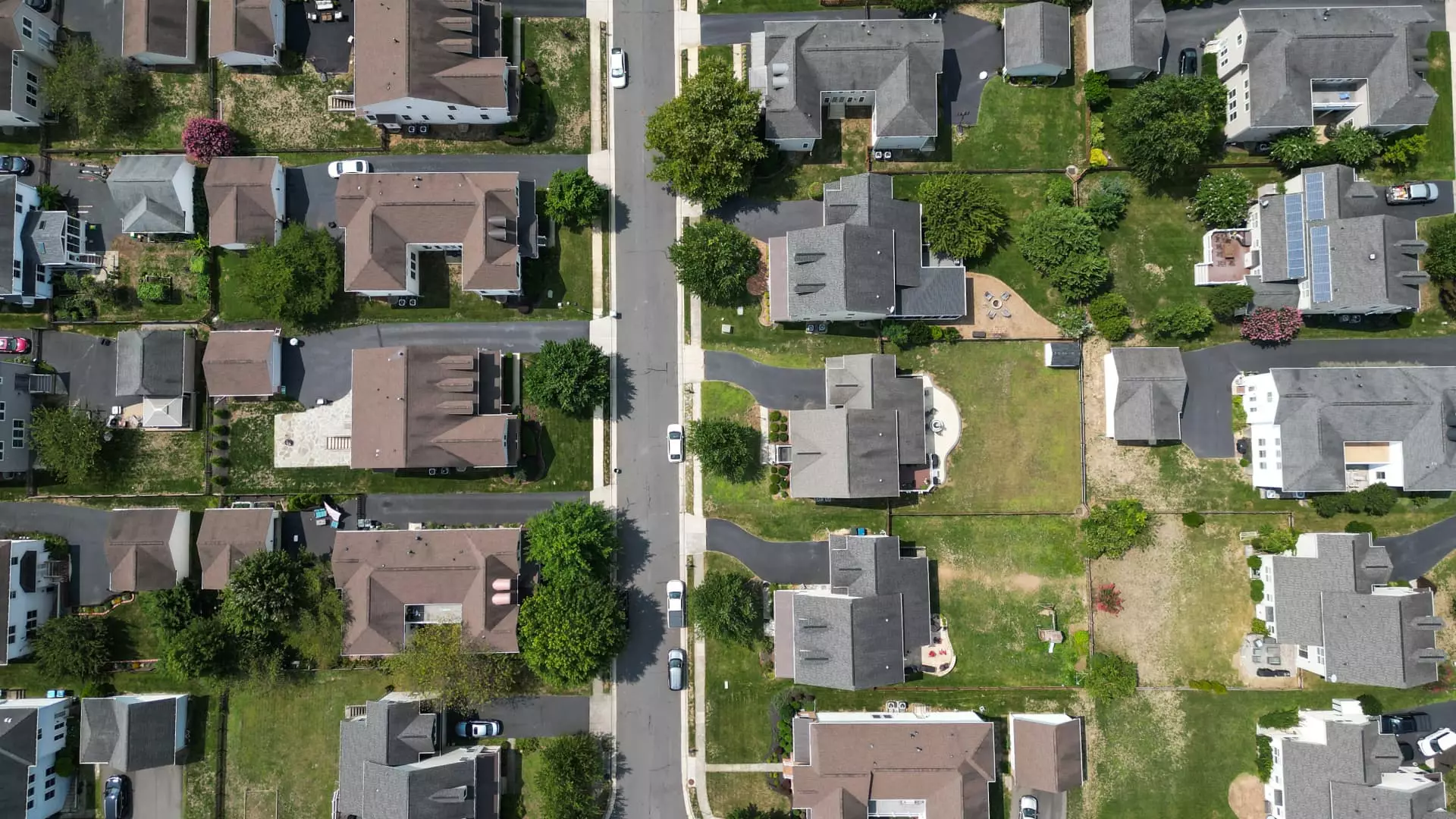As we delve into the current state of mortgage demand, it becomes evident that the market is exhibiting resilience despite the prevailing challenge of heightened interest rates. The latest report from the Mortgage Bankers Association reveals that total mortgage application volumes surged by 7% on a year-to-year basis, highlighting an unexpected strength in demand as we embark on this year’s lending landscape. This increase comes even in light of the fact that mortgage rates have continued to climb.
The current average contract interest rate for 30-year fixed-rate mortgages has escalated to 7.09%, up from 6.99%. This might seem counterintuitive, particularly when empirically lower rates generally drive higher application rates. A critical aspect to consider is that the average points attached to these loans actually decreased slightly while offering a nuanced understanding of the borrowing climate. This increase in interest rate has been largely influenced by rising bond yields, spurred by inflation concerns and persistent budget deficits, marking the highest rate observed since May 2024. These factors create a complex narrative, suggesting that while rates are high, other market conditions may still drive consumer interest.
Interestingly, applications for refinancing have surged by 22% compared to the same week last year. This figure presents an anomaly in the typical behavior of borrowers, as one would expect refinancing to decline in a high-rate environment. However, with mortgage volumes at a notably low level, the percentage gains appear more pronounced. The data reflects an increasing willingness among existing homeowners to capitalize on refinancing opportunities, often due to factors such as personal financial shifts or an acute focus on long-term savings, despite the backdrop of rising rates.
Challenges in the Home Purchasing Segment
On the purchasing front, applications have dipped by 2% compared to the same week a year ago, suggesting a cooling off in buyer enthusiasm. Despite an uptick in inventory levels, which often heralds a buyer’s market, high home prices continue to be a significant barrier to transactions. The increase in available homes is primarily due to properties remaining on the market longer rather than a robust influx of new listings. Such stagnation indicates underlying issues in buyer confidence and affordability that could stifle the momentum needed for a thriving home-buying season.
It is essential to understand that seasonal fluctuations can skew these market readings significantly. The influence of holiday activity can distort application volumes, emphasizing the need for caution in interpreting these statistics. According to Joel Kan, MBA’s vice president and deputy chief economist, it may be more prudent to evaluate application levels rather than simply focusing on percentage changes during these volatile periods. As we move into the coming weeks, attention will turn towards key economic indicators, such as the upcoming release of the Consumer Price Index, which could provide additional insights into future trends for mortgage rates and application volumes.
The mortgage landscape is complex and influenced by a multitude of factors. Despite higher interest rates, the resilience of application volumes for refinancing and ongoing stock levels suggests that consumers are negotiating a challenging market with informed decisions. Understanding these dynamics will be crucial for stakeholders across the real estate and financial sectors.

